From Gourouk in May through to Bowhill in September, Scotland plays host to dozens of Highland Games events every year.
But for the past two years, competitors have been facing the hurdles of the Covid pandemic rather than the challenges of the games.
The events are making a triumphant return this summer, giving athletes the chance to compete again and showing that the spirit of the games lives on.
For the Royal Scottish Highland Games Association (RSHGA) and Grampian Highland Games Association (GGA) it is vitally important for the events to continue.
“There are hundreds of years of tradition,” RSHGA secretary Ian Grieve said. “It’s important to keep it going for Scotland and the communities.”
“And, it’s great for tourism, when the events run between May and September, they fill up rapidly. People come from all corners of the world to see the iconic events.”
GHGA secretary Denise Forsyth added: “Within Grampian, more than 80,000 people were attending pre-Covid, which also brings money into the community.
“Different groups, like the Brownies and Scouts, get the chance to fundraise and it’s more business for local hotels, pubs and restaurants. Bringing the community together is something we all missed during lockdown.”
‘It’s looking positive’
Bringing the games back after a two-year break is an exciting prospect for the associations – but there were worries about a decline in numbers.
“We’re just getting back after lockdown but the numbers for the heavyweight and cycling events are up, and the dancing has been pretty good so far,” Mr Grieve said.
The future is looking positive based on the events held so far in 2022 – with many competitors making a return in the hopes of breaking their own records.
Miss Forsyth said: “We’ve had mixed feelings about returning but we’ve got to get the games up and running again. It’s important for the community that we live in.
“There’s a wee bit of apprehension, especially in this economic climate, will people still want to come is the question.
“Overseas visitors make up a large number of those coming, and we don’t know if that will be the same. Hopefully we’ll gain staycationers who want to see what Scotland has to offer.”
Adapting to the times
Mr Grieve has been involved with the Highland Games in a variety of different roles for more than 50 years, and has held many titles with the RSHGA.
The Fife resident also runs the annual event in St Andrews which is considered a relative newcomer to the Highland Games calendar – although it has come a long way since first being held in 1984.
“The games are adapting to the times – we’ve moved to online ticketing and added card readers – but the actual events haven’t changed,” he said.
“And, there’s no plans to change them. We don’t want to deviate from tradition and we know visitors like to see the origin of the games.”
‘Overwhelmed by entries’
The RSHGA, which gives advice to its 60 plus members, was given the royal seal of approval just last year and hopes to continue the legacy by actively encouraging more people of all ages to get involved in the events.
A “special” Highland Games was held in Braemar last summer with spectator tickets limited to 850 due to Covid.
Miss Forsyth, who was brought up with the games, said: “It was a way to remind the public the games are still here and plan to continue. We were overwhelmed by the entries.”
In April, a training day for heavyweight events was held at Market Park in Crieff to give potential competitors a taste of what they can expect at the Highland Games.
“We had a good turnout,” Mr Grieve said. “It was a cracking day, and we’re hoping to host it again next year.”
Three experienced coaches were in attendance to show those taking part the basics of all the heavyweight events as part of the joint venture from the RSHGA, Crieff Highland Games and the Perthshire Highland Games Association.
Getting more kids involved
The RSHGA are also loaning out a small number of bikes for a year to children aged nine and up in the hope they will then sign up to take part in junior cycling events.
“Kids love the games when they get a taste of it,” Mr Grieve added.
Encouraging more children to get involved in the games is something the GHGA also believes is of importance – and say schools should “absolutely” be playing a bigger part.
“It’s something we discuss at meetings a lot – how do we get kids involved?” Miss Forsyth shared.
“Even making kids aware of the events at school and then they can maybe transition to the Highland Games.
“The Braemar Junior Games is growing in popularity. It’s easy to encourage junior pipers and dancers, but the athletics are more of a challenge.
“Each games tries to get relations with schools and we’re always trying to think of new ways to get them involved.”
And it’s not just competitors who are needed to keep the Highland Games going – every event needs a group of volunteers to bring it to life.
Anyone interested in volunteering for the Highland Games should contact each event directly via its website or on social media.
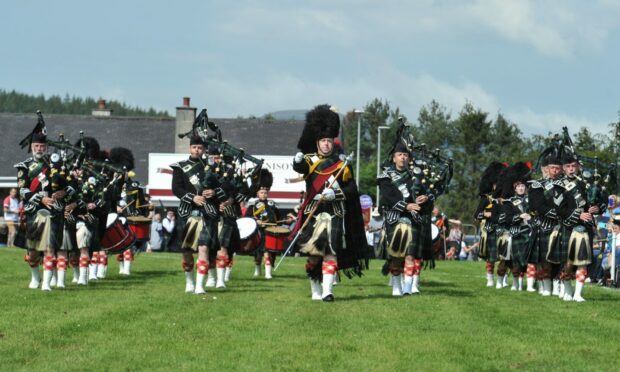
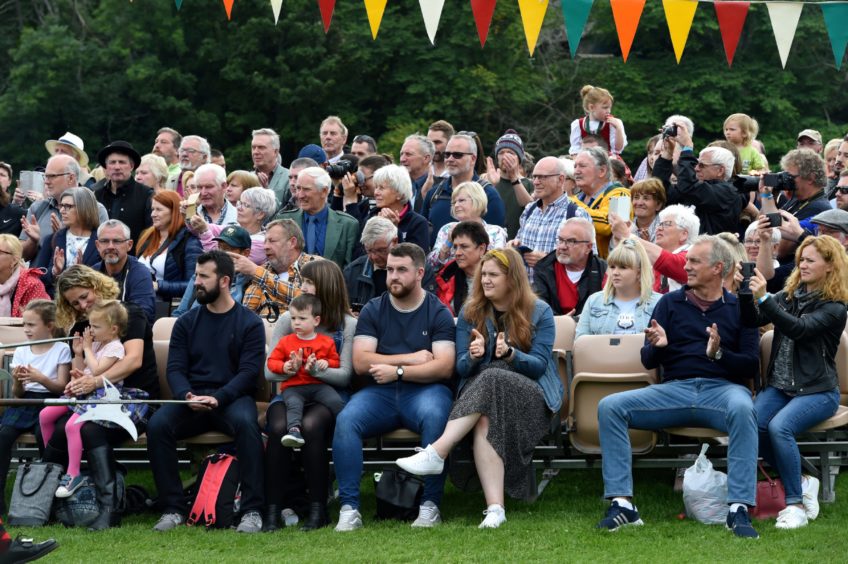
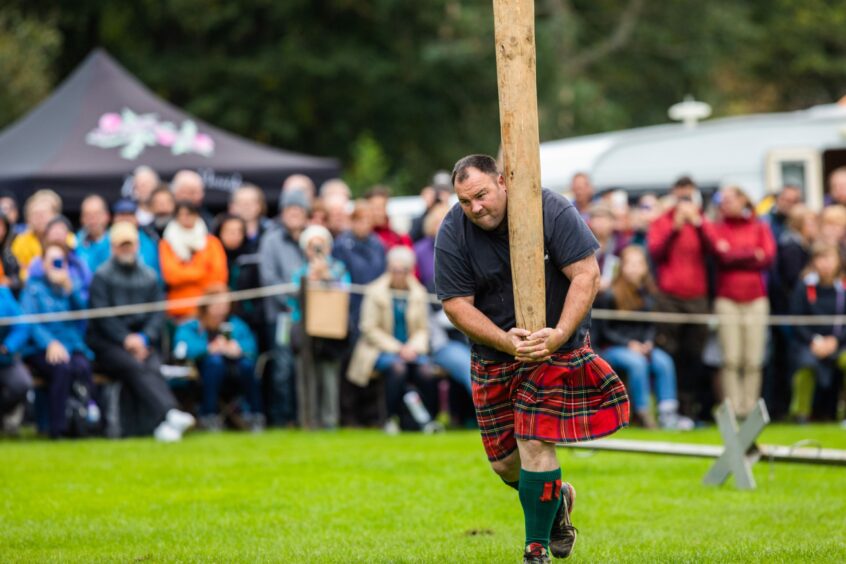
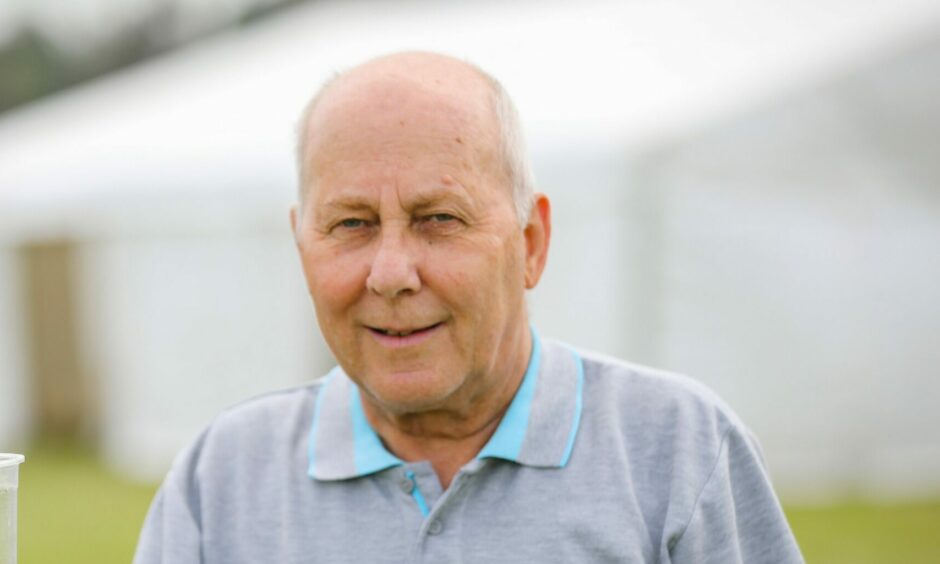
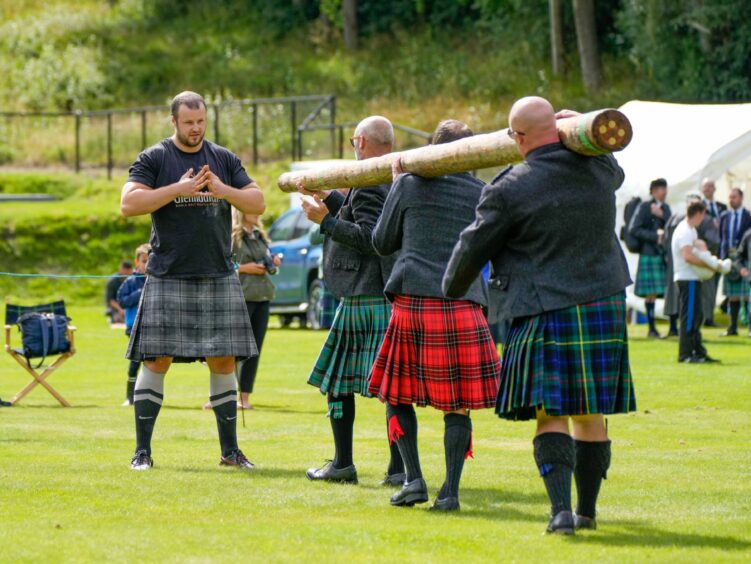
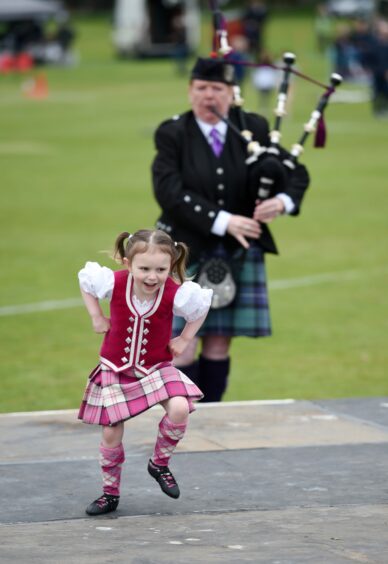
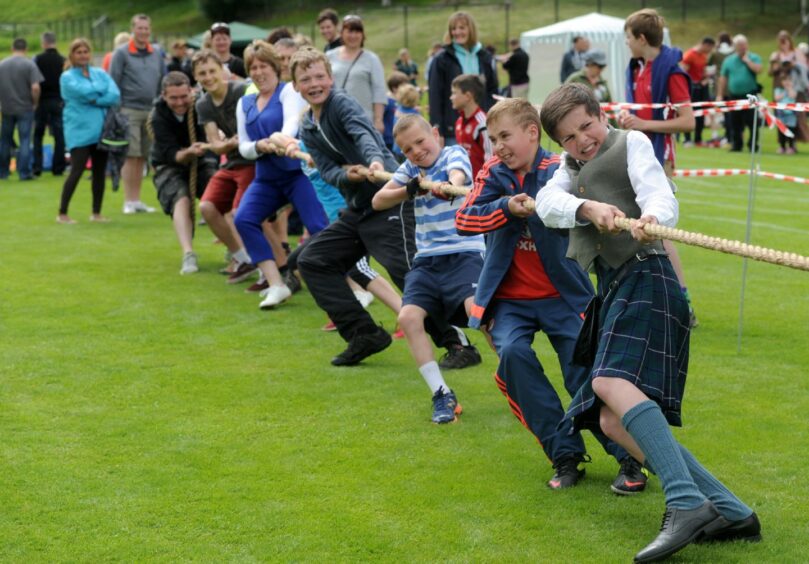
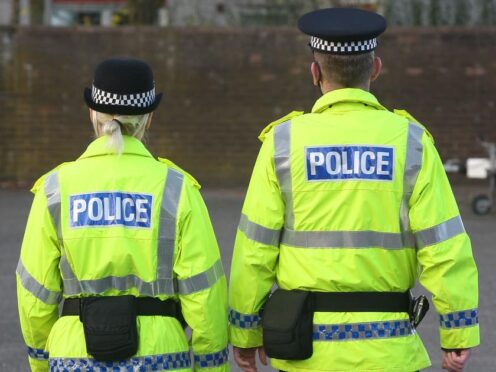

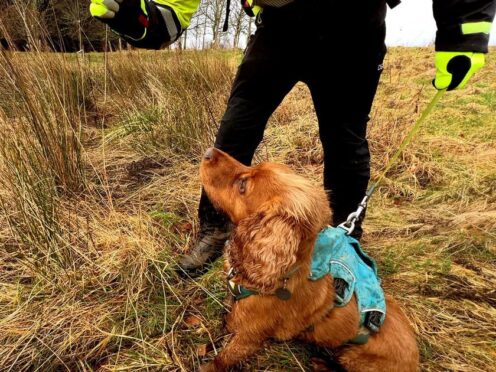
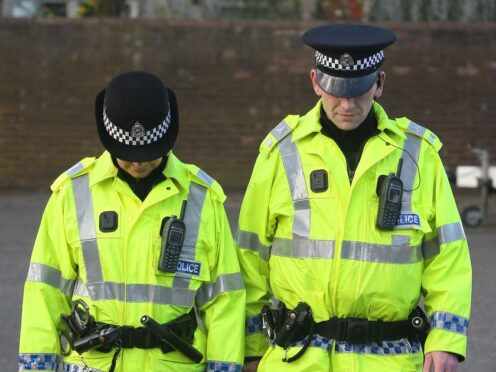
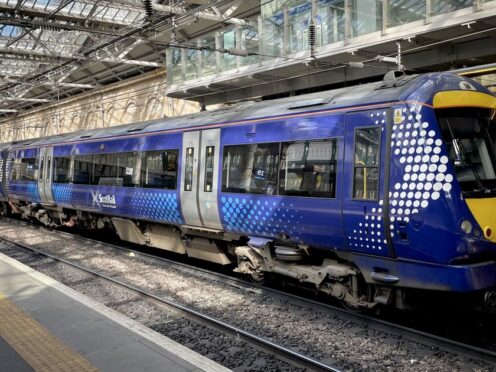
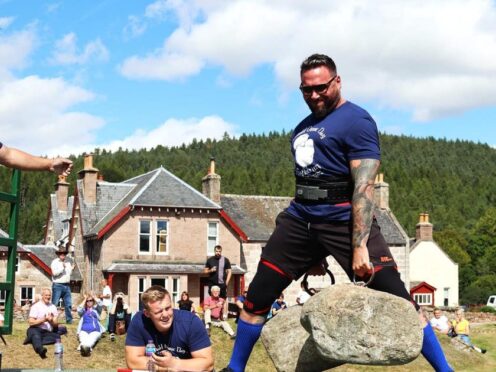
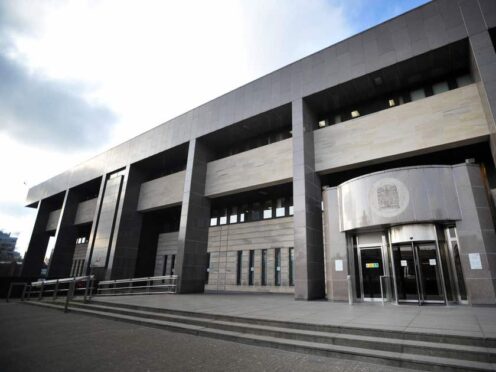
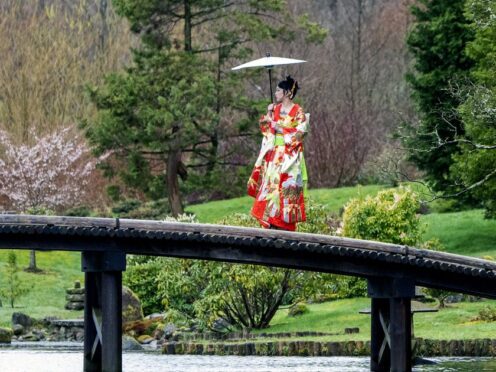
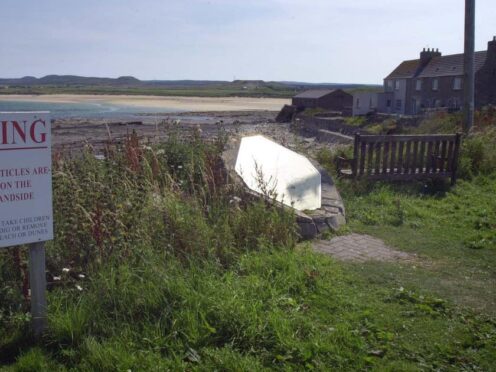
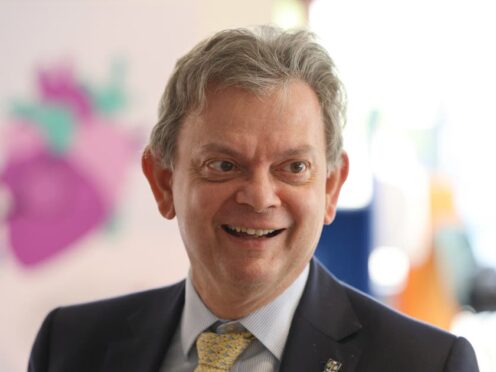
Conversation